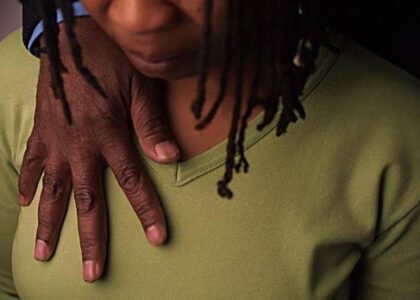[fusion_builder_container hundred_percent=”yes” equal_height_columns=”no” menu_anchor=”” hide_on_mobile=”small-visibility,medium-visibility,large-visibility” class=”” id=”” background_color=”” background_image=”” background_position=”center center” background_repeat=”no-repeat” fade=”no” background_parallax=”none” enable_mobile=”no” parallax_speed=”” video_mp4=”” video_webm=”” video_ogv=”” video_url=”” video_aspect_ratio=”” video_loop=”yes” video_mute=”yes” overlay_color=”” video_preview_image=”” border_size=”” border_color=”” border_style=”solid” margin_top=”” margin_bottom=”” padding_top=”” padding_right=”40px” padding_bottom=”” padding_left=”40px”][fusion_builder_row][fusion_builder_column type=”1_1″ layout=”1_1″ background_position=”left top” background_color=”” border_size=”” border_color=”” border_style=”solid” spacing=”yes” background_image=”” background_repeat=”no-repeat” padding=”” margin_top=”0px” margin_bottom=”0px” class=”” id=”” animation_type=”” animation_speed=”0.3″ animation_direction=”left” hide_on_mobile=”no” center_content=”no” min_height=”none” last=”no” hover_type=”none” link=”” border_position=”all”][fusion_text]
Our kidneys are two bean-shaped organs. They are located just below the rib cage on each side of the spine behind the stomach and they are each about the size of an adult fist.
[/fusion_text][fusion_imageframe image_id=”14101″ style_type=”none” stylecolor=”” hover_type=”none” bordersize=”” bordercolor=”” borderradius=”” align=”none” lightbox=”no” gallery_id=”” lightbox_image=”” alt=”” link=”” linktarget=”_self” hide_on_mobile=”small-visibility,medium-visibility,large-visibility” class=”” id=”” animation_type=”” animation_direction=”left” animation_speed=”0.3″ animation_offset=””]https://www.ehainigeria.org/wp-content/uploads/2018/03/kidney-e1521463306996.jpg[/fusion_imageframe][fusion_text]
According to the National Institutes of Health (NIH) both kidneys filter about 113 – 144 liters of blood to produce about 1-2 liters of urine (composed of waste (toxins) and extra fluid) on a daily basis. The kidneys allow our body function optimally by keeping the composition of blood flowing through our system stable. The kidney functions as a filter, it has up to a million filtering units called nephrons each of which filters a small amount of the blood. Each nephron is made up of two parts, a glomerulus (filter) and a tubule (tube). They perform their filtering function through a two-step process: the glomerulus filters out fluid and waste products from the blood, and prevents blood cells and large molecules especially proteins from passing through. On getting to the tubules, needed minerals are reabsorbed back into the blood stream from the filtered fluid, and the final waste products are passed out as urine. The kidneys are therefore responsible for maintaining good health through:
- Extraction of wastes and extra fluid from our body (prevents their accumulation)
- Stabilizing electrolyte levels in our body e.g. phosphate, calcium, sodium, potassium etc.
- Secreting hormones that help with the regulation of our blood pressure; production of red blood cells and formation of strong bones
Dr Timothy Akinmurele contributed this article.
For more insightful contents from Dr Akinmurele, watch this space.
You can also follow him on social media:
Facebook: Timothy Akinmurele
Twitter: @takinmurele
Instagram: akinmurelet
Join the conversation: drop your comments here and follow us on social media
Watch this space!
Featured Image: Google Images
[/fusion_text][/fusion_builder_column][/fusion_builder_row][/fusion_builder_container]







